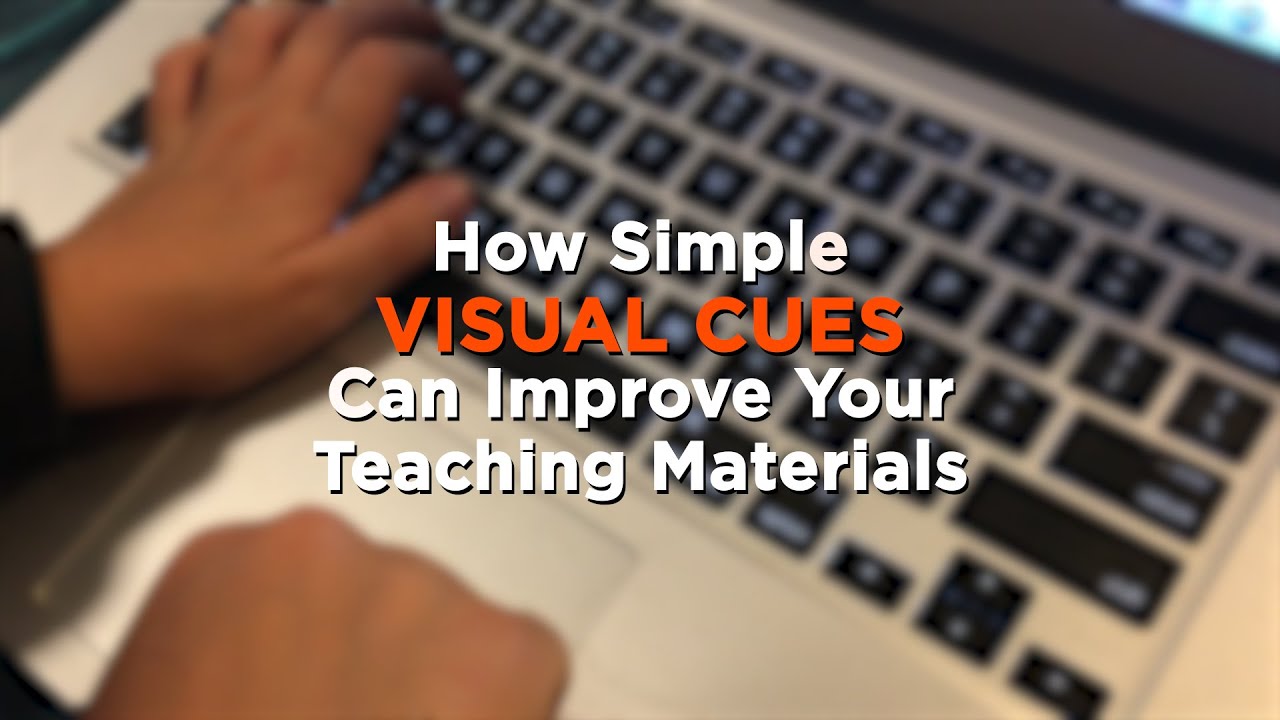Cues
Minor Concept Summary: Cues
ED 304: Ed Psych and Human Development
Author: Natalie Peck
Validated by:
Disclosure: ChatGPT was used in the creation of this resource.
Cues are stimuli that can influence someone’s behavior or thought. They help people make decisions, form judgments, and guide their behavior. Psychologists study cues to help them better understand how people process and respond to information in their environment.
There can be many different kinds of cues. There are visual cues, auditory cues, verbal cues, social cues, environmental cues, contextual cues, and sensory cues. Some examples of these could be the temperature and humidity in a room (environmental), the sound of a fire alarm (sensory), or reassurance (i.e. "everything will work out") (verbal). A big example is in marketing and advertising. Marketers often use visual, auditory, and verbal cues strategically to influence consumer behavior. Through cues such as product packaging, jingles, slogans, and endorsements, they aim to create positive associations, evoke emotions, and shape consumer decisions. Cues have a significant role in shaping brand perception and influencing purchasing choices.
Cues play a very significant role in decision-making, especially when people are faced with not enough information. Some people often rely on different cues to fill in missing information and to make judgments about different situations and their outcomes. For example, if someone was trying to buy a product but didn’t know if it would work, they would most likely rely on the reviews of other consumers and would be more likely to buy the product if there was a positive review even if it was written by the manufacturer themselves. If there were bad reviews on the product then they would most likely not buy the product.
Cues also affect individual's mindsets. Individuals with a growth mindset believe that their abilities and intelligence can be developed through effort and learning. When exposed to cues that emphasize the importance of effort, such as praise for hard work or examples of others overcoming challenges through persistence, individuals with a growth mindset are more likely to feel motivated and engage in tasks with a positive attitude. They see effort as a pathway to improvement and embrace challenges as opportunities for growth. Individuals with a fixed mindset believe that their abilities and intelligence are fixed traits that cannot be significantly changed. When exposed to cues that highlight failure or setbacks, individuals with a fixed mindset may interpret these cues as evidence of their inherent limitations. They may become discouraged, avoid challenging tasks, and may be more likely to give up in the face of obstacles. It's important to note that individuals' responses to cues can vary, and mindset effects can be influenced by various factors such as prior experiences, beliefs, and individual differences. Cues alone may not determine an individual's mindset, but they can play a role in shaping or reinforcing existing mindsets.
In summary, cues are found all around us that can influence an individual’s behavior or cognition. The study of cues in psychology is an important area of research because it helps to understand how people process and respond to information in the environment around them.

Connection to Education
Quiz Questions:
1. What is an example of an external cue that might influence an individual's behavior?
- A thought that pops into their head
- A wet floor sign.
- An emotional state.
- A dream
2. How can cues affect decision-making?
- By increasing anxiety
- By causing confusion
- By filling in missing information
- By hindering the ability to make decisions.
To read more visit: Cues and Conventions: Definition & Examples | StudySmarter
This content is provided to you freely by BYU-I Books.
Access it online or download it at https://books.byui.edu/development_motivati/HuYoPuwW.



